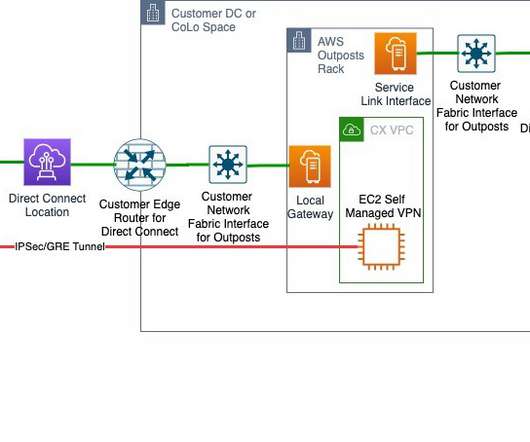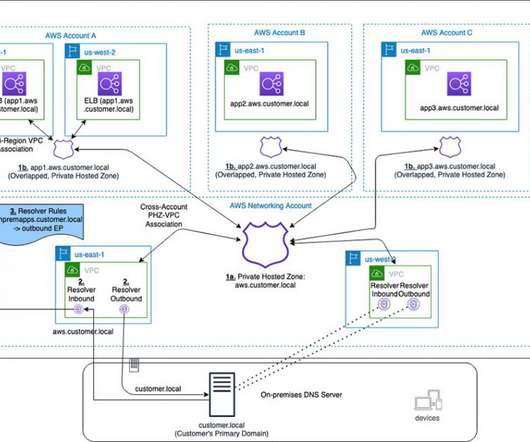Field Notes: Setting Up Disaster Recovery in a Different Seismic Zone Using AWS Outposts
AWS Disaster Recovery
NOVEMBER 24, 2020
With AWS, a customer can achieve this by deploying multi Availability Zone High-Availability setup or a multi-region setup by replicating critical components of an application to another region. For an optimal experience and resiliency, AWS recommends that you use dual 1Gbps connections to the AWS Region.











Let's personalize your content